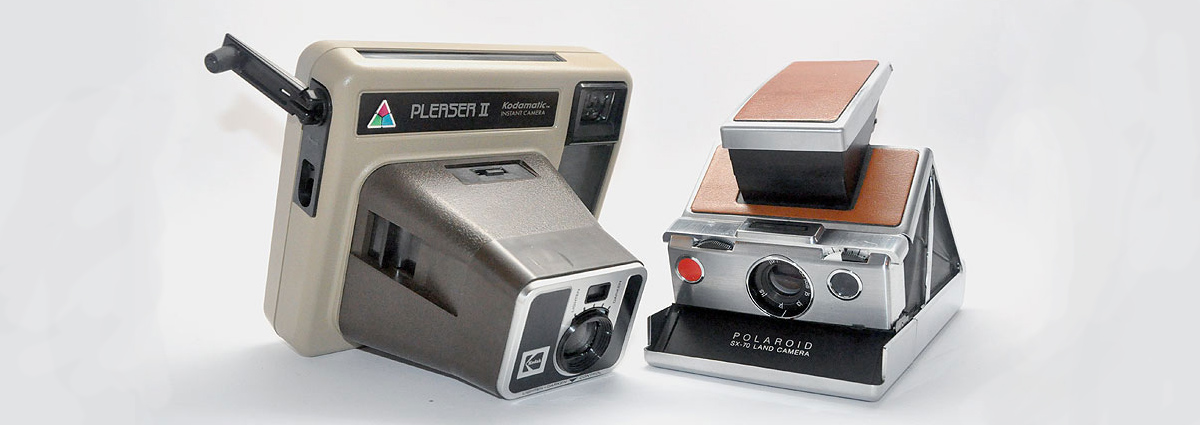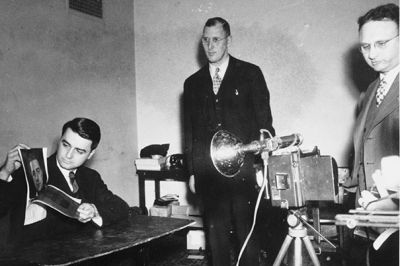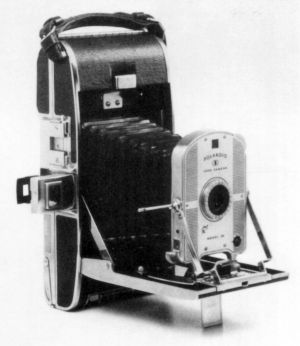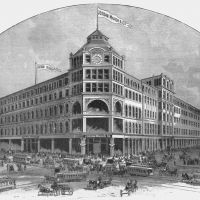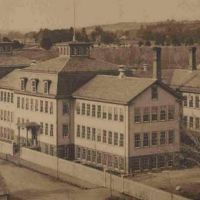Primary Source
JUDGE RULES FOR POLAROID IN PATENT SUIT
Polaroid Corp., and especially founder Edwin H. Land, celebrated a landmark legal victory yesterday.
A US District Court judge in Boston ruled that Eastman Kodak Co. infringed on seven Polaroid patents that are key to instant photography, Polaroid's core business. The decision closes at least one chapter in a nine-year legal battle between the two photography giants.
Judge Rya Zobel, who heard the case without a jury, still must determine whether to award damages or other remedies to Polaroid. She set no date for that decision.
One analyst predicted an award of $30 million to $40 million.
. . . Kodak entered the instant photography market in 1976, ending Polaroid's 28-year monopoly, which resulted from an impenetrable patent wall built by its lawyers and based on work by Land and his colleagues.
. . .Yesterday's decision was a personal victory for Land, who invented instant photography and spent his life building Polaroid into one of the hottest glamour companies of the 1960s and 1970s. Several of the patents involved in yesterday's decision were Land's.
Land acknowledged he was pleased and then some. "I'm thrilled," he said from his office at the Rowland Institute for Science in Cambridge, which he founded. "We worked so hard the first time around on the contents of the film and the camera and the patents on it. And we worked very hard trying to make clear to the court what the essence of every invention was."
Boston Globe, September 14, 1985.


